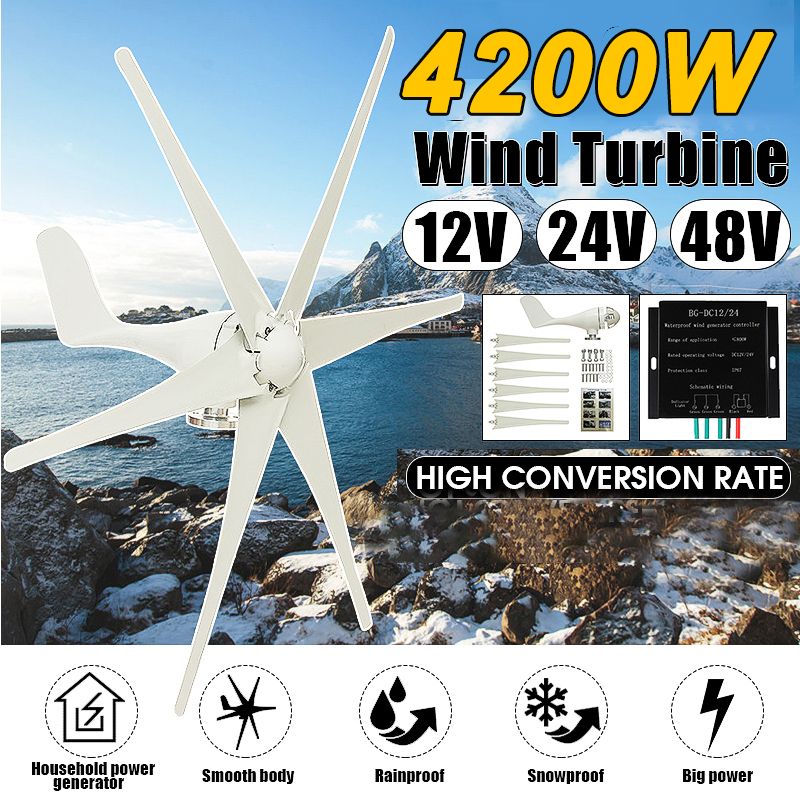Electric Power Industry
On the verge of a tremendous transformation, the way the electric power industry works might just probably exceed the greatest expectations. Vast changes in the power industry continue to take place: from the decline of coal power to the rise of energy storage. What else could the future have in store?
It’s almost as if conjectures turned into predictions when the analysts’ statements toward the industry actually took into account. The traditional electric utility model upended, and utilities adjusted their business models to operate in a new energy future.
In the present, the prices for renewables and energy storage plunge quickly. The nation’s first carbon regulations are now being finalized, and the increase in numbers of distributed energy resources is growing rapidly. These show that changes in the industry is taking place way too fast than what was anticipated.
With some dubious events occurring in the in electric power industry, we have identified this information to hopefully guide you in the electric power industry and its uncertainties. Here’s a list of the top trends that are currently changing the way the electric power industry works.

1. The decline of coal power
The most evident trend in the industry for most power companies and politicians is the steady retirement of coal-fired power plants. The retirement of about 25,000 MW of coal capacity is probably upsetting for those involved in the industry as it has been in great decline since 2009.
In addition, the same amount of coal capacity will be retiring by 2022. Some of the major factors that led to this decline are the loss of profit due to historically low natural gas prices, and environmental activism. The alternative for coal power, which is fossil, is also on a rough edge. Coal burn is now lower than it has been since 1980.
But even though the situation for coal power isn’t bright, the resource is still expected to be a major fuel for electricity generation in 2030 and beyond.
2. The rapid growth of natural gas
Investing in gas plants is the most probable option for utilities looking to add a quick reliable capacity. Because of the retirement of coal generators, the other alternative is natural gas. Though wind and solar energy are growing quickly, it can only give power to a humble percentage of the total consumers of the US.

To ease integration of these resources and add baseload capacity, utilities can use a combined cycle gas plant. It offers a relatively quick and cheap solution that meets EPA rules on carbon and other pollutants. The future of natural gas may continue to thrive as long as it abides to the Clean Power Plan compliance, and if the prices for renewable energy won’t drop further for gas additions switching to retirements between 2020 and 2030.
3. The grid parity of renewables
More traditional generation resources are often being priced out more and reaching the essence of grid parity: the point when the cost of the alternative energy becomes equal to or less than electricity from conventional energy forms like fossil fuels. Grid parity isn’t the latest of trends today but it shows a promising estimation for the industry.

Wind and solar energy are building up its name on the market. Its dynamic structure led utilities believe in essential reliability. Wind energy is one of the most cost-effective forms of renewable energy source with significant increment in yearly installed capacities all around the world. By 2050, the Department of Energy estimates that wind energy is expected to be the single greatest source of energy.
4. Utilities on load defection
The declining costs and growing adoption of solar PV, batteries, and other distributed energy sources (DERs) are part of a huge market for grid-connected devices that signal the potential for what could be a massive yet disruptive change in the way customers relate to their utility and electric service. One contributing factor to load defection is the rapid proliferation of rooftop solar.
Large customers are bypassing their utility company to buy renewable energy directly from a supplier. To meet demands, energy storage technologies are creating ways to make it easier for consumers to move their electric demand to times when electric prices are lower. Utilities battle load defection by finding new opportunities for revenue.
5. Utilities on solar game

More and more utilities are getting into solar industry in response to the increasing load defection and consumer demand for clean energy. The Duke Energy and Southern Power are some of the examples of utility companies whose strategy is to form unregulated renewables developer for the utility-scale market. The number of utilities to use and offer solar energy will likely expand because they are looking to enter the rooftop market as well. According to GTM Research’s estimation, community solar installations have multiplied in 2014 to 2016.
6. The debates over rate design reforms and DERs value
Electric Power Industry’s utility companies are getting wiser and more competitive today. A number of them alter rate designs with appropriate value distributed resources to respond to the rise of distributed generation. To make it more consumer-friendly, utilities have proposed to compensate solar owners with a mutual equitable rate.
Though debates between power companies and solar advocates toward fixed charges on utility bills are present, resolutions have been made by a number of states having regulatory proceedings open to determine the value of distributed resources to the grid.

7. Utilities on grid modernization
The fast-changing modernization of structures and transportation are just some of the factors that led to utilities’ vision of making their grids more modern. To keep up with the progress, utilities upgrade and modernize their transmission and distribution grids. It would be an even harder challenge for utilities to modernize their grids.
Unlike before where all the power in the system flowed one-way only from the bulk power level down to customer, the modernized grid must now handle two-way power flows. Still utilities found to resolve it, and now power companies have been steadily increasing their investments in smart grid technologies in recent years.
8. Utilities on buying storage
In order to create a more resilient energy infrastructure and cut costs to utilities and consumers, a system called energy storage was innovated to provide a wide array of technological approaches to managing our power. Not only can it be used in the future, but it could also act as a reliable demand response resource. Innovations in energy storage have been improving in time.

A home battery product by Tesla was marketed for backup power but the company plans to allow the battery to link up with home solar systems, letting customers generate power during the day and discharge it at night. Though some energy analysts see these batteries to be expensive, the product was sold-out through mid-2016, and other companies such as Orison and SimpliPhi started to manufacture this product. With this, Tesla continues to boost production while making sure that the resulting economies of scale will help it bring down the price for storage across the market.
9. Utilities on becoming more customer-centric
Utility companies changed the way they see the relationship with their customers because of the rapid growth in both grid and home energy technologies. They started to market themselves to customers building on the foundation of trust. Utility companies didn’t stop from just gaining loyalty from consumers, they also re-invented ways for customers on acquiring their products through the use of technology.
Multiple companies have been allowing partnerships to make technology even more beneficial to the power sector. Beside focusing on its consumers, utility companies also aim to improve their performance and service due to the adoption of new technology within the industry, and a new wave of challenger brands using it to drive operations.

10. Utilities on changing business models
In the present Electric Power Industry, utility companies have changed their traditional way of doing business, and it’s most likely because of these trends in this fast-changing times. They have learned the importance of brand purpose. Usually, utility companies market themselves as companies who supply power.
But in recent years, they also focused on reducing energy consumption rather than merely supplying it. Consumers recognize the importance of being energy-efficient, thus is the companies’ response. Not only do companies secure the trust of their customers, they also have to manage that aspect as they take responsibility on the grid and power plants. Business models indeed will continue to improve as time and technology progress.
More Electric Power Stories
11 People Who Revolutionized the Engineering of Electric Power
























